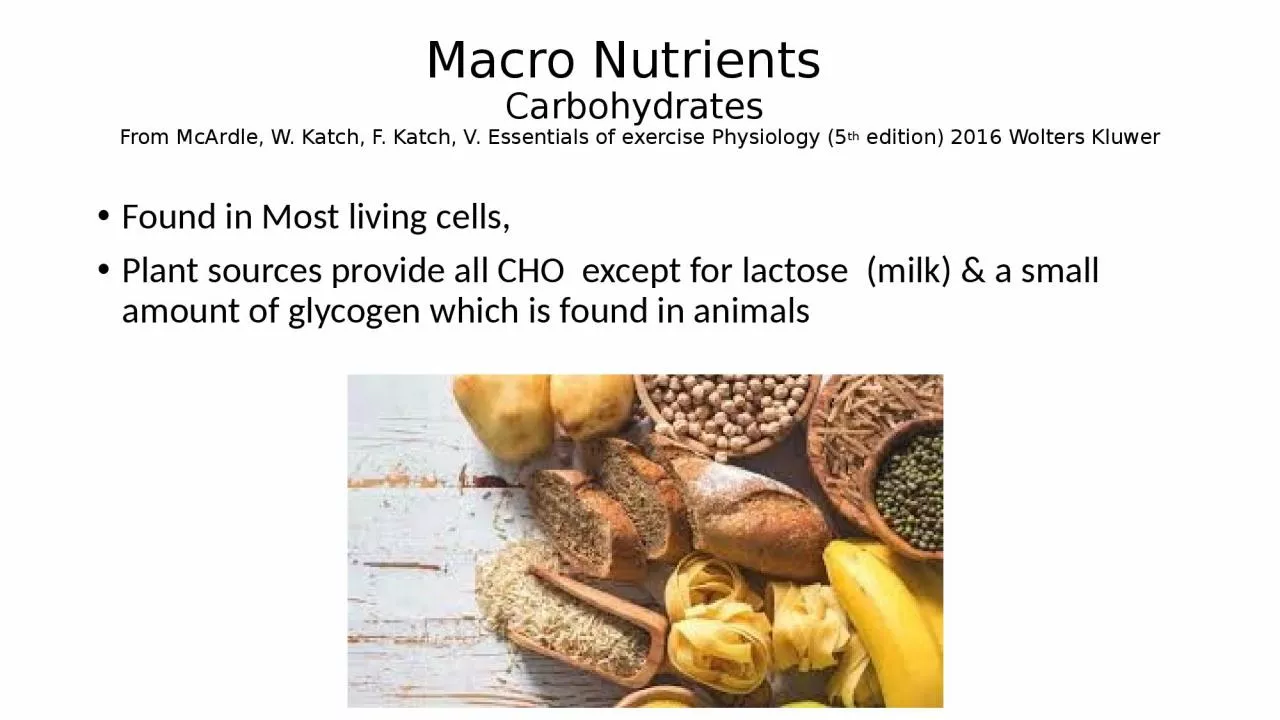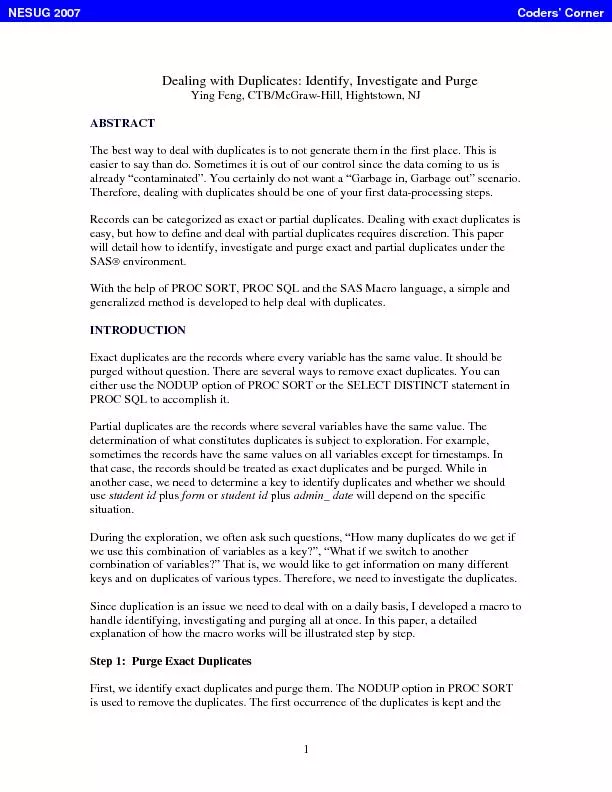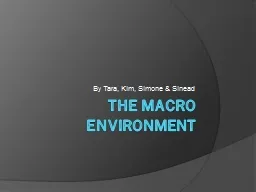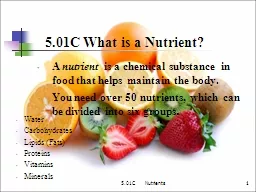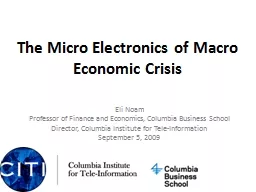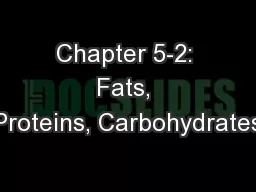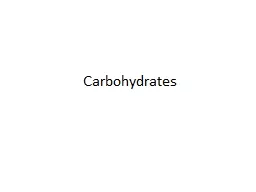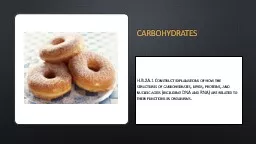PPT-Macro Nutrients Carbohydrates
Author : jalin | Published Date : 2023-07-14
From McArdle W Katch F Katch V Essentials of exercise Physiology 5 th edition 2016 Wolters Kluwer Found in Most living cells Plant sources provide all CHO except
Presentation Embed Code
Download Presentation
Download Presentation The PPT/PDF document "Macro Nutrients Carbohydrates" is the property of its rightful owner. Permission is granted to download and print the materials on this website for personal, non-commercial use only, and to display it on your personal computer provided you do not modify the materials and that you retain all copyright notices contained in the materials. By downloading content from our website, you accept the terms of this agreement.
Macro Nutrients Carbohydrates: Transcript
Download Rules Of Document
"Macro Nutrients Carbohydrates"The content belongs to its owner. You may download and print it for personal use, without modification, and keep all copyright notices. By downloading, you agree to these terms.
Related Documents

